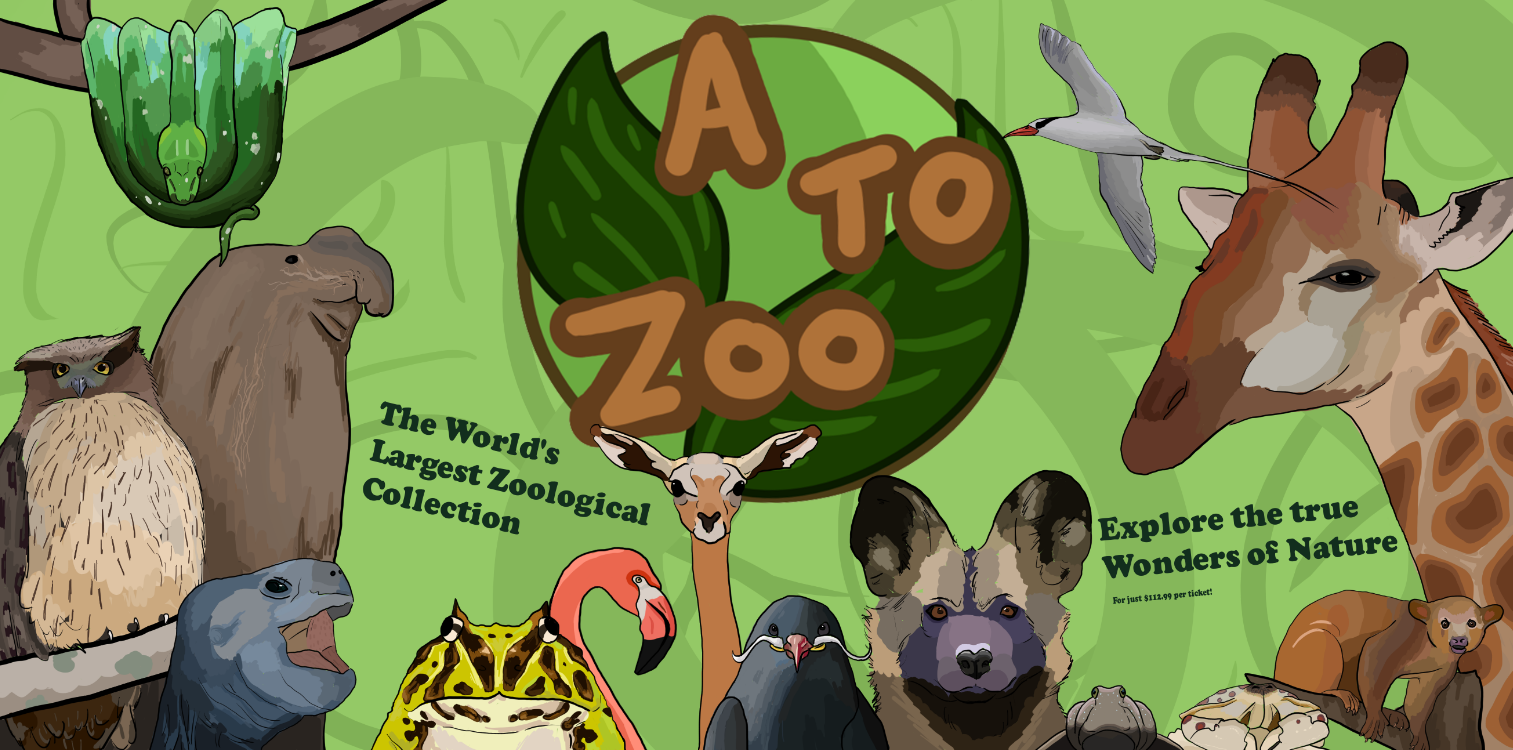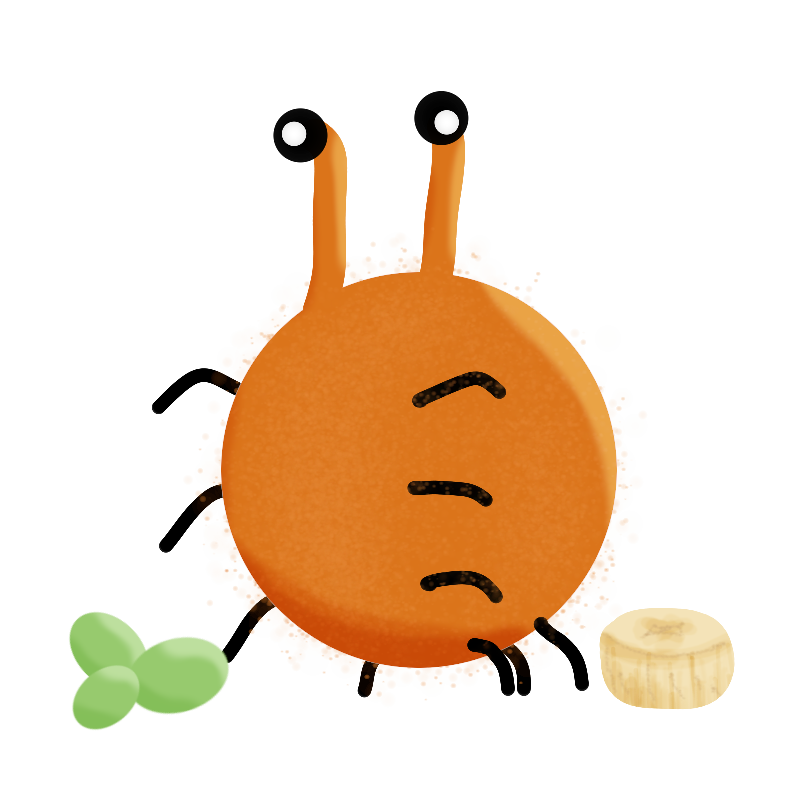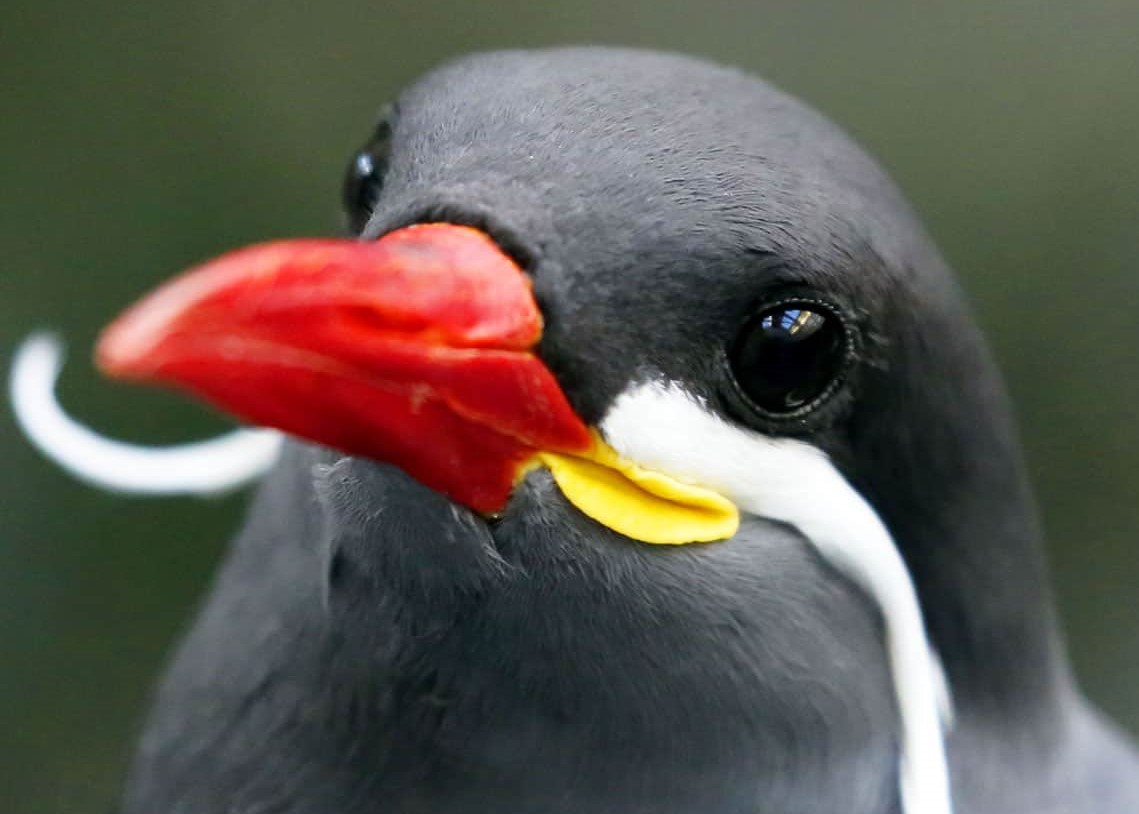The Great Taxonomic War
Be grateful you weren't a zookeeper about twenty years ago. It was a dark time; the taxonomists were tense, the phylogenetic tree was wilting, and zookeepers were at each other's throats. The Great Taxonomic War was fought between practically every taxonomist we had, but it had negative effects on the entire zoo.
Our taxonomists are the ones who design our very specific and thought-out phylogenetic tree. In general there is disagreement on how to organise species in phylogenetic trees across the Yonderverse, which is why Rox hired special taxonomists to create our own tree. We hoped that the taxonomists would get along and there would be minimal disagreements, but unsurprisingly over the years things bubbled up, and the Great Taxonomic War was when everything exploded.
Taxonomic Ranks
Different planets may be home to organisms that defy all of these ranks. These are generalised ranks that apply to most organisms in the Yonderverse, and can be seen on most planets.Domain
Domain is the highest taxonomic rank in the taxonomy system. There are three domains : Eukarya, Bacteria and Archaea.Eukarya
These organisms are made of cells containing nuclei. Every animal you see in the zoo falls under this domain. This is smallest of the domains.Bacteria
These organisms lack nuclei in their cells and are often single-celled organisms. Bacteria are almost always the first organisms to arise on planets.Archaea
These organisms are all single-celled. Archaea may be similar to both eukaryotes and bacteria, but few differences have resulted in their unique domain.Kingdom
Kingdom is the second highest taxonomic rank in the taxonomy system. There are several kingdoms, some viewed in some places and some are not, but in the zoo we recognise five: Animalia, Plantae, Fungi, Protista, and Monera.Animalia
Animalia are all multicellular, eukaryotic organisms. Most have the ability to move, breathe, and consume organic material.Fungi
Fungi are all multicellular, eukaryotic organisms. They are characterised by the chitin in their cell walls.Plantae
Plantae are all multicellular, eukaryotic organisms. Most are stationary, contain some amount of chlorophyll.Protista
Protista are all eukaryotic organisms that is not a fungi, plant or animal. Because of this, protista is a very diverse kingdom.Monera
Monera are all prokaryotic organisms that lack nuclei. Monera consists of the entirety of the Bacteria and Archaea domains.Phylum
Phylum is the third highest taxonomic rank in the taxonomy system. There are countless phylums, however only a few are important to the zoo.Chordata
All animals under chordata possess, or have possessed at some point in their growth stage, five synapomorphies. These five synapomorphies include a notochord, dorsal hollow nerve cord, endostyle or thyroid, pharyngeal slits, and a post-anal tail.Arthropoda
Arthropods are invertebrate animals with an exoskeleton, paired jointed appendages, and segmented bodies.Cnidaria
Cnidarians are mostly invertebrate animals. They are the only phylum to possess cnidocytes, designed to capture prey.Echinodermata
Echinoderms are an entirely marine phylum. Most are radially symmetrical, such as sea stars and sea lilies.Mollusca
One of the largest classes. Incredibly diverse, but all possessing a mantle and a nervous system.Class
Class is the fourth highest taxonomic rank in the taxonomy system. There are countless classes, and these are the most common taxonomic rank that unique animals will fall into. Such examples is aurvada, a class of animals found exclusively on Jupiter.
Some common classes with animals found across the Yonderverse include:
This is not a definitive list of all of the classes. These are the eight most common classes found across the Yonderverse, and there are thousands more.
Order
Order is the fourth smallest taxonomic rank in the taxonomy system. Order is the first rank where taxonomists disagree with each other. There are almost twenty times as many orders as there are classes, because new ones are constantly invented to fit newly discovered creatures.
Here at A to Zoo, we believe we have created the most appropriate order for every creature in our collection, about 33% of every known animal in the Yonderverse. Every time we obtain a new species, we have our specialised taxonomist team to assign them an order. We have a publish document displaying our taxonomy tree, which is used across the Yonderverse. We are very proud to say it was designed completely by us, and that so many people use it.
Family
Family is the third smallest taxonomic rank in the taxonomy system. Once again, taxonomists often disagree with each other on families. Once again, we have created a rich database with every single species in what we believe to be the appropriate family.
Here are some examples of families of Earth animals:
Mammalian Families
Order: Primates
Order: Carnivora
Order: Whippomorpha
Avian Families
Order: Galliformes
Order: Psittaciformes
Order: Passeriformes
Genus
Genus is the second smallest taxonomic rank in the taxonomy system. Another rank where taxonomists can disagree on, it is uncommon two find two animals from different planets in the same genus as the chances of animals so similar to each other that they fall under the same genus are extremely low. That being said, it is seen often but compared to how many species there are in the Yonderverse, it is only a small percentage. Usually, animals of the same genus are related to each other and have a common ancestor.
An animal's binomial, or scientific, name partly relies on their genus. For example, the golden fox's scientific name is vulpes aurum. The golden fox is a species within the genus Vulpes, along with many other fox species.
Species
Species the most basic taxonomic rank in the taxonomy system, and the one people are most familiar with. Each species is given a binomial name that consists of two words - the genus comes first, and the latter word distinguishes the species. For example, vulpes aurum and vulpex pictor are both species of fox under the Vulpes genus, but are two completely different species - the former being the golden fox from Laosina, and the latter being the painter fox from Greenerth.
Prelude
Our taxonomists tend to bottle things up and then explode later down the line. They are in fact terrible for doing this, because it leads to greater conflict down the road. Hence this war. Rox first hired taxonomists a couple hundred years after opening to design a phylogenetic tree we could rely on because we were scrambling to give scientific names to species that didn't have any, and we began to lose track.
They were amazing for the first ten or so years, but as we picked up the pace with collecting new species we had to hire more taxonomists to tackle the sheer number of entries in the tree. The second wave of hires is when arguments began. They had new ideas which combatted our original taxonomists beliefs, and it was difficult for them to come to agreements about where to place species.
These different generations of taxonomists tried their best to get along, for the sake of the Zoo and for Rox, but unfortunately the arguments got the better of them and thus began a several year long battle of the taxonomists.
Outcome & Legacy
Now that all is well with taxonomists, the current phylogenetic tree contains every single species in the A to Zoo's collection, expanding every single time we collect another species. The tree leaves room for more ranks to be created when necessary, but is currently so large that most fit perfectly in an existing genus, family, order or class.
Due to the extensiveness and detail of the A to Zoo's phylogenetic tree, it has been adopted across many scientific communities around the Yonderverse.
Unfortunately, the Taxonomic War has led to a divide between zookeepers. Those that support different taxonomists don't get along, which has formed gangs and alliances across different Sectors. The bickering between zookeepers is picked up on by visitors, who either enjoy the rivalries or find it disconcerting.
If you even SUGGEST that amphies deserve their own kingdom, I will send your mother a sternly worded email.
High Stakes & Accusations
The war officially began in the year 309, declared by Rox herself. People's reputations were on the line, the Zoo's phylogenetic tree was falling to pieces, and everything was going haywire. It was a struggle for Rox to maintain composure and professionalism, because all she wanted to do was to scream at the taxonomists to put aside their difference or she would fire them. But due to a little thing called the ZWPL, or the Zoological Worker's Protection Legislation. Legally Rox is not allowed to fire the taxonomists for "arguing", which put her in a difficult position.
Instead, she forcibly separated each and every taxonomist. Each worker was forced to design their own phylogenetic tree, analysing each species at the Zoo and put them in what they believed to be the correct genuses, families, orders, and classes. Each taxonomist was given an entire year to design their own phylogenetic tree, and at the end of the year they were all put into a room together to decide on which tree was the best.
The Day of Decisions
You are somehow correct if you think this worked... eventually. The Day of Decisions involved hours of taxonomists throwing harsh accusations against each other, throwing literal books, fossils, chairs, whatever they could get a hold of, but by the end of the day they had a clear vision on the perfect phylogenetic tree.
This tree was an amalgamation of each taxonomist's own vision, and somehow this day of arguing brought together each scientist and after said day, they all got along perfectly. Miraculously, no arguments have occurred since, and Rox knows that since she has kept a very close eye on each scientist.










This concept delights me so much! I'm glad we could help you with the idea for this conflict :D
Seek a new dawn, in Malkora!
The Feral Sovereign sleeps peacefully, but will return...
I'm so glad you enjoyed the article! Thank you for giving me the idea <3